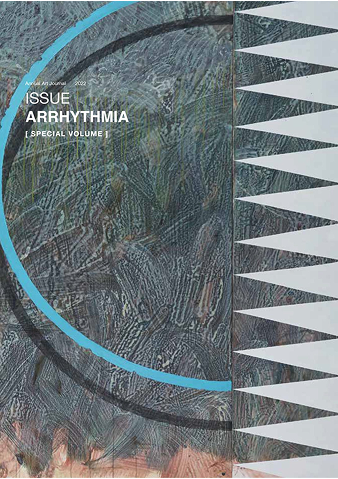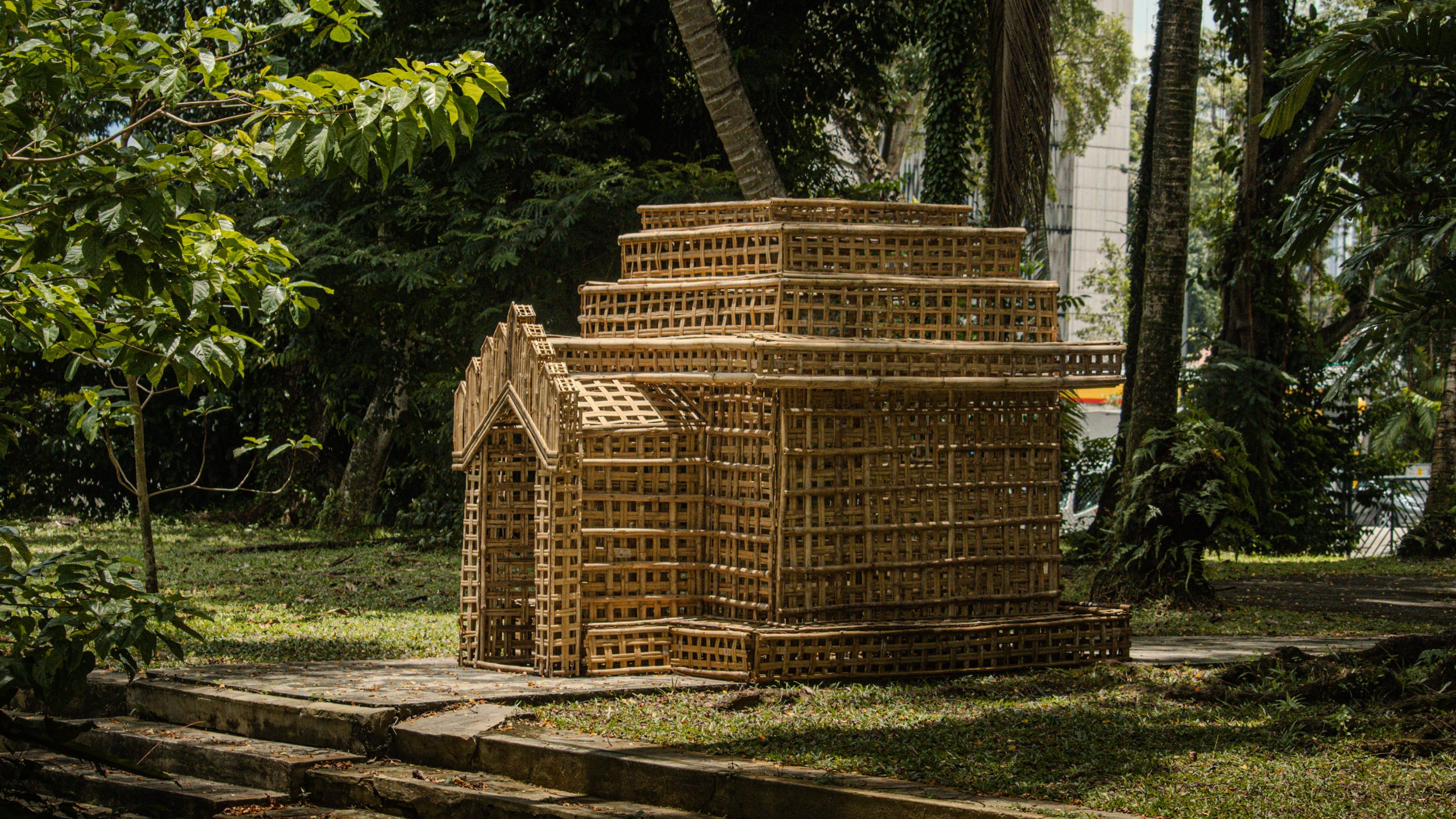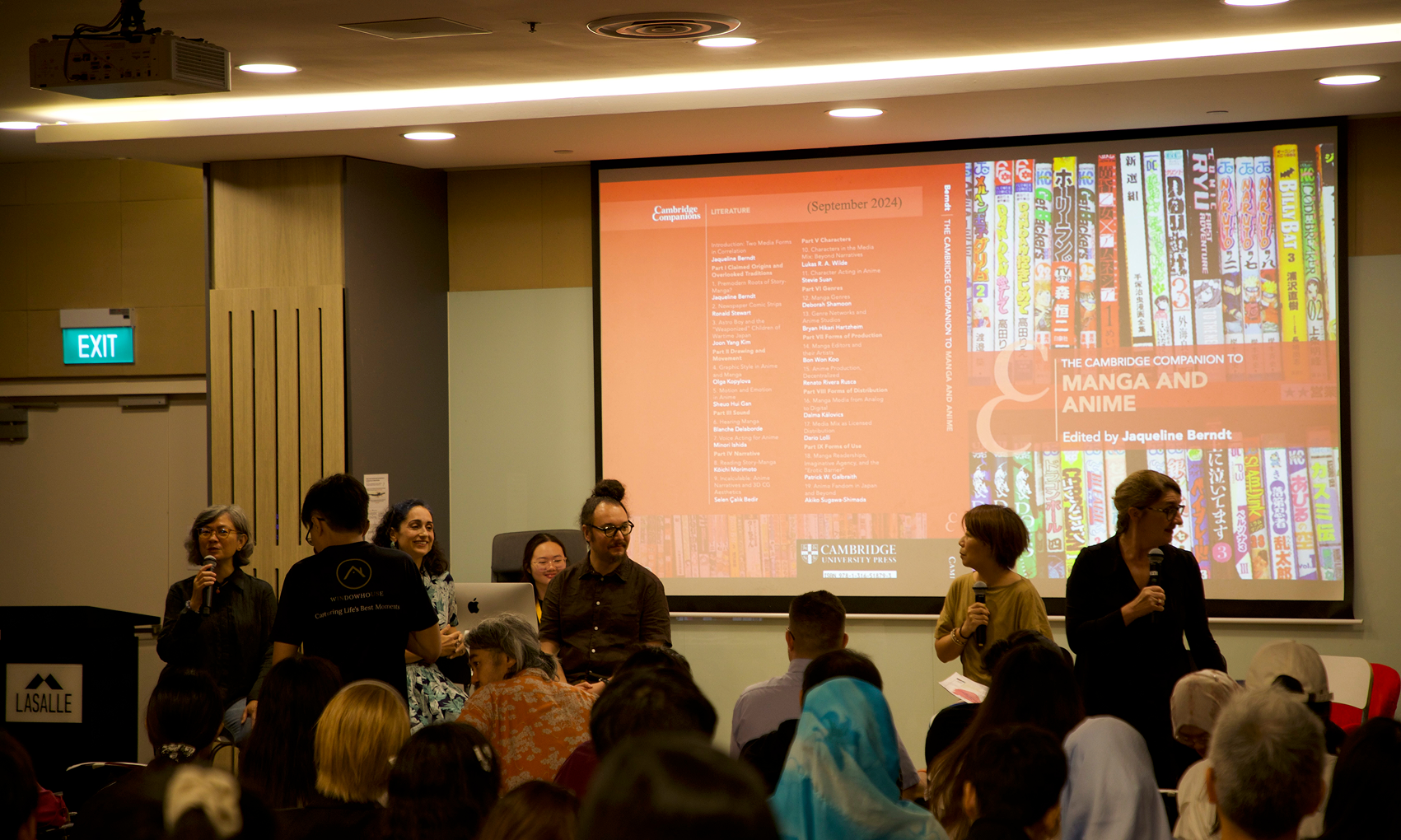Journal and book publications
Harnessing Virtual Reality: Tackling Foreign Language Anxiety and Elevating Public Speaking Skills
This study investigated the efficacy of Virtual Reality (VR) in reducing Foreign Language Anxiety (FLA) and improving public speaking skills in English language learners. Using Oculus Quest 2 headsets, fifteen participants engaged in four two-minute presentation exercises across two sessions in VR environments that varied in audience size and ethnic composition. These settings facilitated interactive presentations, enabling participants to receive feedback from virtual audiences. Findings indicate that while some learners reported a reduction in perceived anxiety and enhancements in presentation skills over time, those with pronounced in-person FLA experienced similar levels of anxiety in VR contexts, suggesting a need for further investigation into these findings. Challenges were noted in preparation, fluency, and anxiety management, although VR also showed potential benefits for rehearsal, confidence building, and refining content delivery. The study emphasizes the importance of avatar customization and audience interaction within VR environments, and highlights the necessity for more refined audience simulations to increase realism. Tailored strategies for addressing FLA are important for maximizing the effectiveness of VR in language learning. This research contributes to the broader discourse on innovative educational approaches, advocating for further exploration into how VR can enhance language learning and alleviate anxiety. Overall, the research underscores VR's promising potential in refining presentation techniques and reducing FLA, paving the way for future investigations into its applications in language education.
Citation:
Carlisle, Damaris, et al. ''Harnessing Virtual Reality: Tackling Foreign Language Anxiety and Elevating Public Speaking Skills.'' Proceedings of 10th Asian Conference on Education & International Development 2024, Tokyo, Japan 03/2024, The International Academic Forum, 2024, pp. 531-544, doi: https://doi.org/10.22492/issn.2189-101X.2024.43.
Trends and Foresight Report on Cyber-Physical Learning: LASALLE College of the Arts, University of the Arts Singapore: Merging Digital and Physical Arts Education
This case study explores the approach by LASALLE College of the Arts to blending digital and physical arts education in Singapore. Proving the institution’s adaptability during the pandemic, LASALLE successfully integrated digital learning platforms while preserving the immersive nature of arts education. Key initiatives include technology integration through Collaborative Online International Learning (COIL) projects, hybrid teaching methods and more recently, the exploration of generative AI as a collaborative tool. LASALLE emphasises more than just technical skills, focusing on critical thinking, emotional intelligence, and self-expression through experiential learning. Faculty development ensures academic staff are central to this evolution, with ongoing initiatives that encourage educators to be experimental in their teaching approaches. Staff are supported in embracing creative risk-taking, continually exploring new technologies and pedagogies to enhance student engagement and learning outcomes. COIL promotes cross-cultural learning, while LASALLE also explores the role of AI in arts education. By combining technology and creativity, LASALLE prepares students for the future of arts education. This forward-thinking approach positions LASALLE as a leader in arts education, preparing students for the evolving digital landscape.
Citation:
Carlisle, Damaris, and Wolfgang Muench. “LASALLE College of the Arts, University of the Arts Singapore: Merging Digital and Physical Arts Education”. A Trends and Foresight Report on Cyber-Physical Learning.'' N. Sockalingam, and Pey, K.L. eds., Singapore University of Technology and Design, 2024, pp. 78-82.
Navigating Chord Changes in Jazz Guitar with Three Different Fingering Approaches: Vertical, Horizontal, and Diagonal
This article discusses the evolution of jazz guitar fingerings through three different approaches to navigating chord changes: vertical, horizontal, and diagonal. It explains the early limitations of vertical fingerings and how it was improved with the advent of the horizontal approach, evidenced in the jazz world by Pat Metheny in the 1970s. It also looks at how Kurt Rosenwinkel introduced diagonal fingerings to the broader jazz audience in the late 1990s. This article explains these three fingering styles and provides examples and a pedagogical guide for their study.
Citation:
Celi, Diego. ''Navigating Chord Changes in Jazz Guitar with Three Different Fingering Approaches: Vertical, Horizontal, and Diagonal.'' Jazz Education in Research and Practice , vol. 5, no. 1, 2024, pp. 160-170, doi: DOI 10.2979/jazzeducrese.5.1.12.
Ontological Conundrums: Translating ‘The Waste Land’ into a Film
The chapter explores a film interpretation of T.S Eliot’s 1922 poem The Waste Land which the author completed with students and staff from LASALLE College of the Arts, University of the Arts Singapore. It analyses the dizzying array of choices and potentialities that came with translating the poem into a cinematographic form. Despite Eliot’s urging against the remediation of his work into other media, Dixon supports transmediality to touch a new, wider, and younger audience, especially since the poem has taken on a new resonance in light of the anxiety triggered by the Covid-19 pandemic and the climate crisis. Sequences from the film are examined in relation to different historical and cultural issues, the use of London- and Southeast-Asia-based shooting locations, as well as how award-winning composer Joyce Beetuan Koh’s combination of musique concrète and synthesised sounds enabled an amplification of psychological, and theatrical aspects of the poem. This feeds into the author's broader desire to both contemporise and enlarge the meanings of the poem through a synthesis of sounds, narratives and visual effects
Citation:
Dixon, Steve. “Ontological Conundrums: Translating ‘The Waste Land’ into a film”. Arts of War and Peace. LARCA: Université Paris Cité, 2024. https://artswarandpeace.univ-paris-diderot.fr/2023/12/15/ontological-conundrums-translating-the-waste-land-into-a-film/
Academic publications
ISSUE

ISSUE is an international peer-reviewed art journal published by LASALLE focusing on exploring issues in contemporary art and culture. This annual publication is an inter- and trans-disciplinary journal that carries a curated set of scholarly articles, essays, interviews and exhibitions on disciplines ranging from contemporary art, design, film, media, performance and cultures.
Afterall

LASALLE has entered into a partnership with Afterall with Dr Venka Purushothaman, Deputy President & Provost joining the journal’s editorial team. This collaboration underscores LASALLE’s and Afterall’s dedication to nurturing innovative and prospective research, writing and publishing around art across Asia, the West and beyond, to establish dialogues across their transnational networks and communities.








